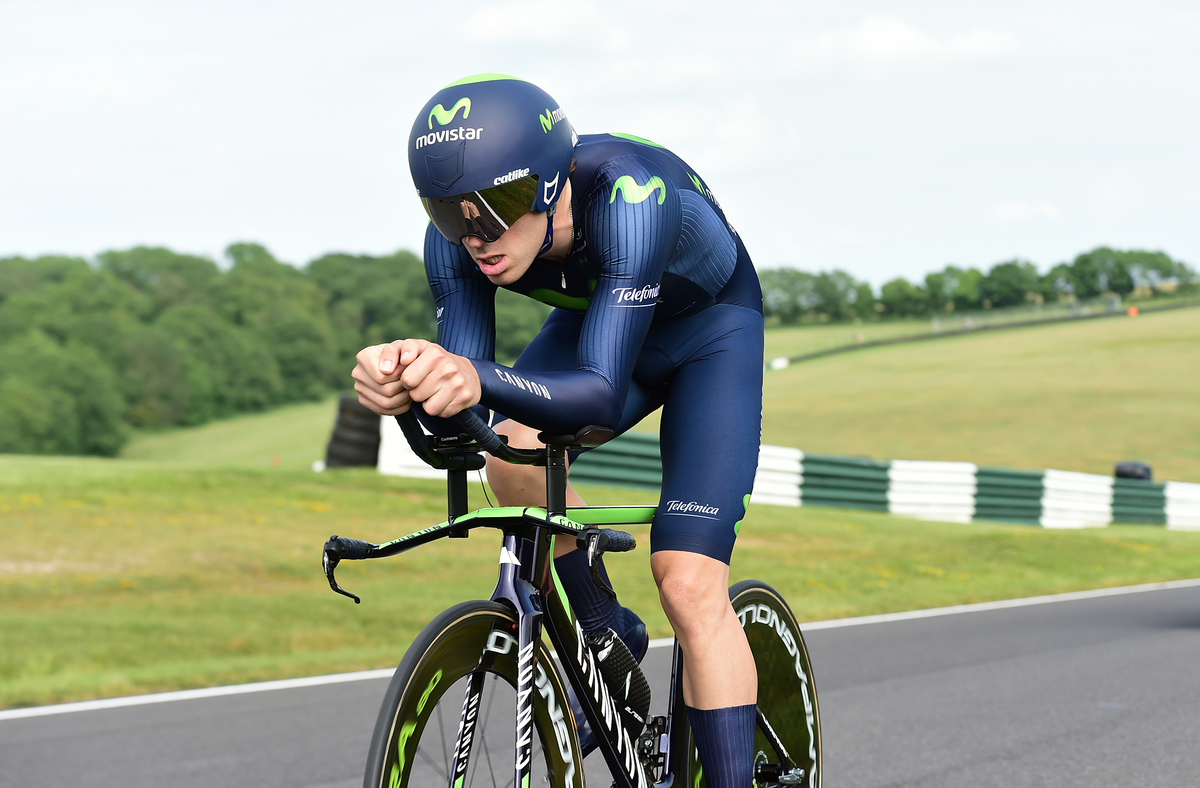The limitations of HIIT
-
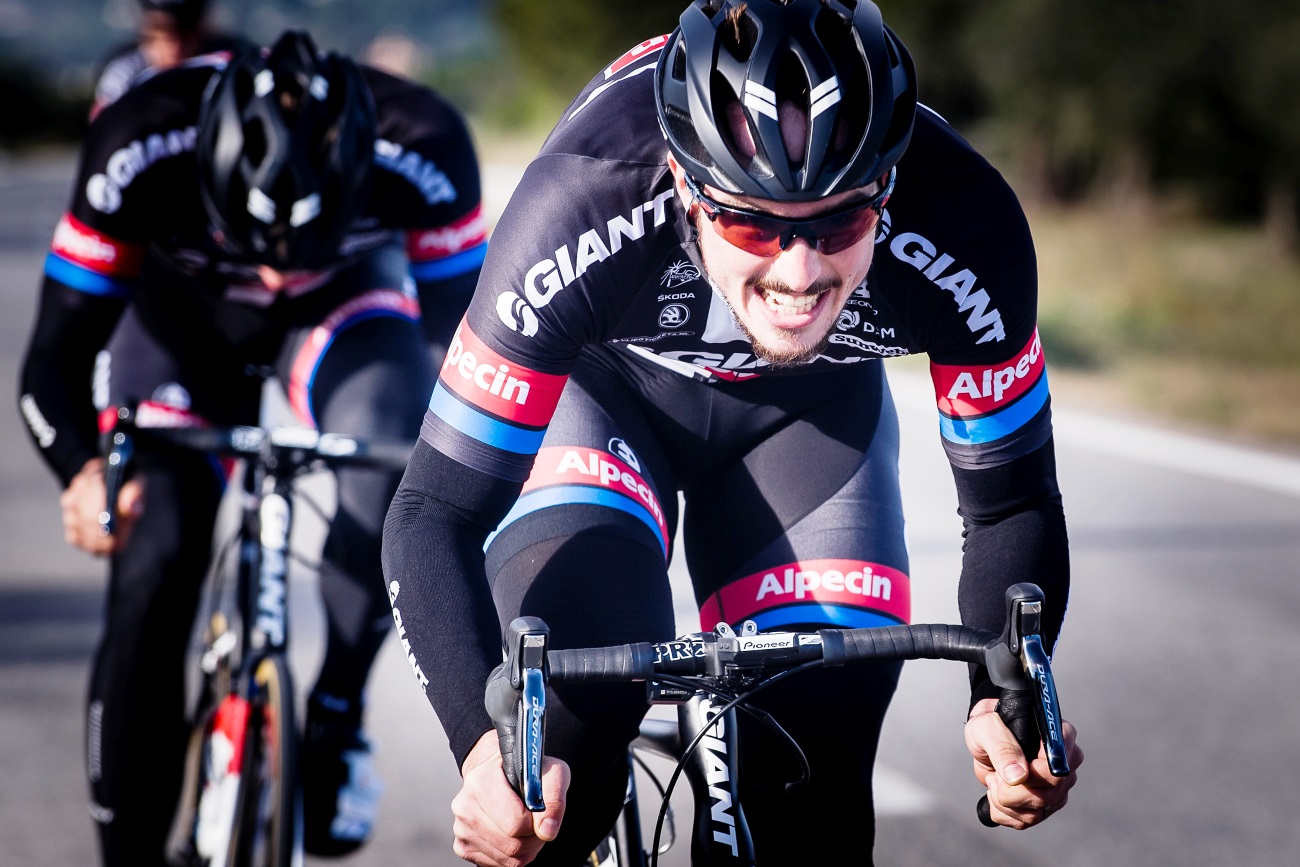
High Intensity Interval Training has hit the headlines as a quick fitness fix (Pic: Giant-Alpecin)
-
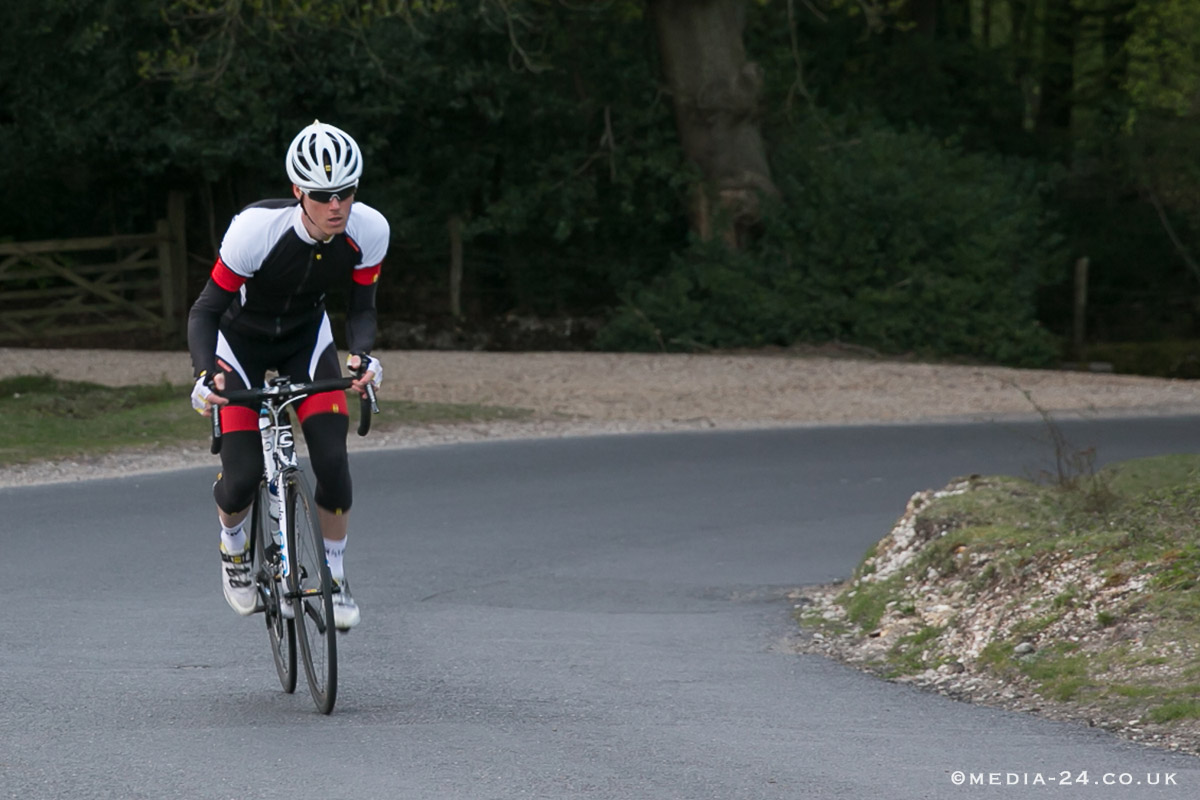
HIIT is said to offer more bang for your training buck (Pic: Media 24)
-
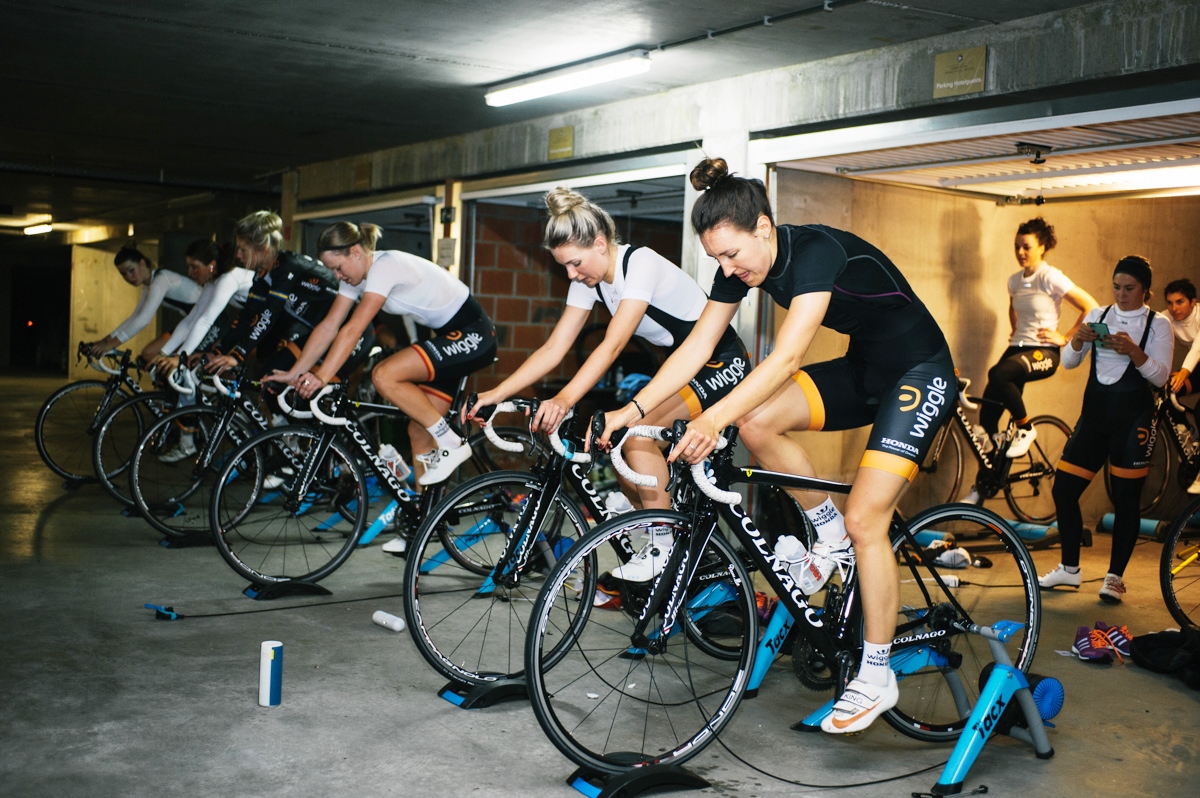
CAPTION
-
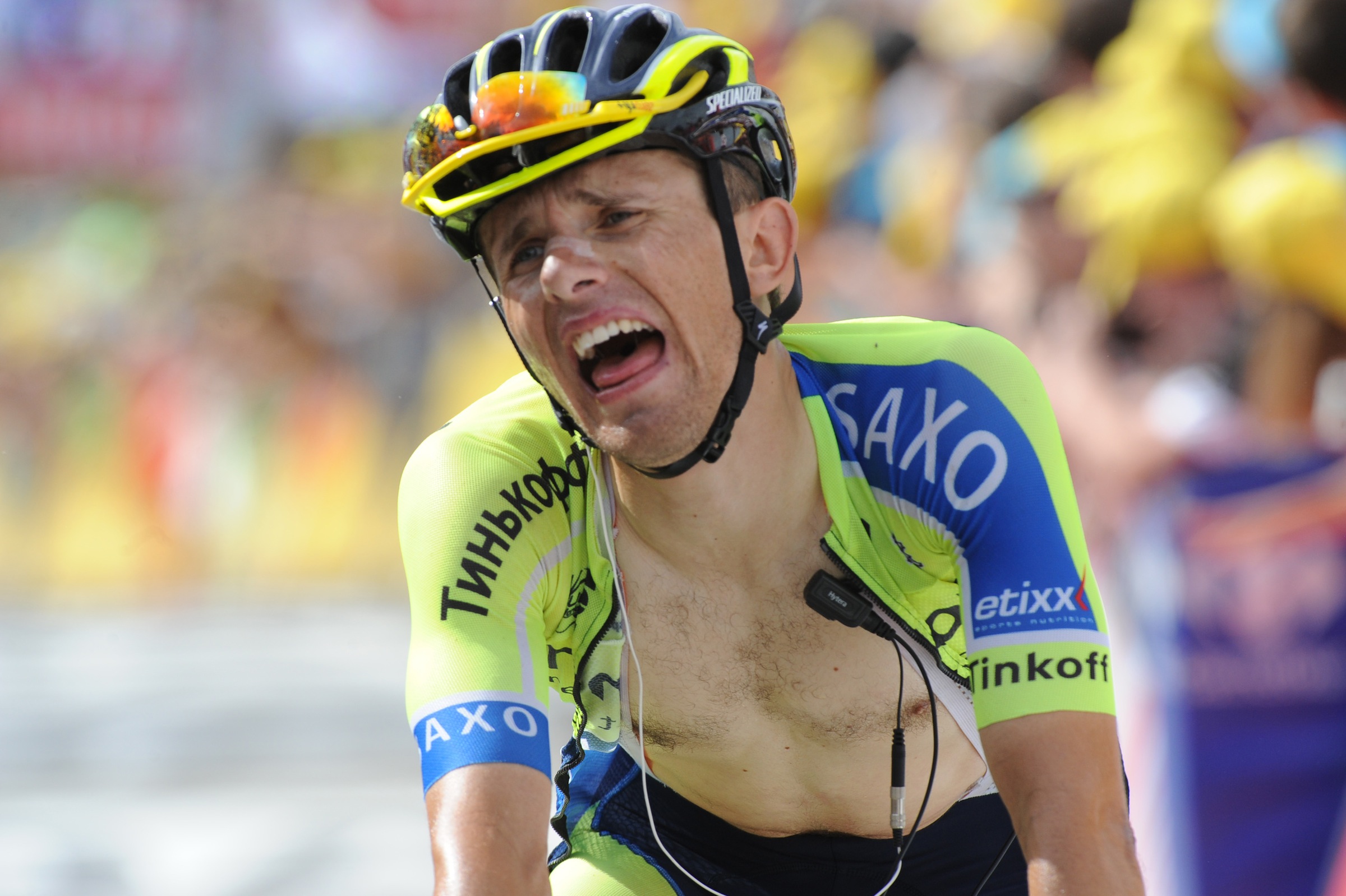
Rafal Majka turns himself inside out (pic: Sirotti)
-

HIIT should be included as part of a varied training programme
-

Cobbles and pavements, or is that pavé and road furniture?
The limitations of HIIT
As with everything in cycling, there are no real shortcuts to fitness, and while HIIT undoubtedly has its benefits, it doesn’t mean that your training should only include short, high intensity intervals and nothing else.
High Intensity Interval Training offers genuine benefits but there are also limitations as to what can be achieved by HIIT training alone. As a coach, one of the main problems I see with a lot of the research carried out is that HIIT is compared simply to base training (training which takes place in zone two, only 60-70 per cent of your maximum heart rate, or 55 to 75 per cent of FTP).
This is an unfair comparison as base training is only one part of a structured training programme. As I’ve already covered in my article on base training, steady-state endurance rides form the base of the pyramid on which high intensity form can be built. The theory behind base training is that the bigger the base, the higher the peak of form that can be achieved, and a rider who has skipped the necessary endurance work will struggle to achieve and maintain a consistent peak in form.
In any well structured and periodised training programme, a period of high intensity work will take place after a phase of base training is complete. Therefore, a fairer study into the benefits of HIIT would be to compare it to a periodised training plan which looks to build a rider’s form consistently through a progressive programme.
As a result, HIIT shouldn’t simply replace base training. The benefits may appear to be very similar, but it is thought that the physiological pathways (the way your body responds to the training) aren’t the same. Therefore, if there are two ways to bring about cardiovascular benefits you would be missing a trick to only work on one of these methods. Instead, work on both.
Pacing and fatigue
One thing to note when doing a HIIT session is that, due to the short nature of the efforts, it is unlikely that your heart rate will have time to accurately react to the effort, so your maximum heart rate may be just after you have finished the interval. If you have a power meter then use this, otherwise judge your efforts on ‘feel’ and only use heart rate as a rough guide. As with all things HIIT, the efforts should be carried out at maximum intensity – the highest possible power output you can sustain for that period of time.
An additional limitation of HIIT is that the short-term fatigue induced is very high. It’s called ‘high intensity’ training for a reason and it’s common for riders to feel sick following a very intense HIIT session based on 30-second intervals. The fatigue and associated lethargy can continue for one or two hours after the session, so while on the surface it might seem that you get a lot of benefit from only 30 minutes on the bike, you have to factor in that you might be very tired for a few hours post-session. Therefore, doing a HIIT session in your lunch hour isn’t always the best idea!
Another thing to consider is that if you were to follow a training programme based purely on HIIT sessions, then your muscular endurance would always be limited. Training should be specific to the effort you need to carry out in your target event, be it a race, time trial or Alpine sportive, and you can’t expect to be able to produce a good amount of torque when climbing the Col du Tourmalet for more than an hour if you have only ever pushed on for 30 seconds.
The crux of the point here is that HIIT undoubtedly has benefits, but it shouldn’t be all that your training is made up of, and instead should be part of a varied training programme – which leads to the question, aren’t you doing this already?

